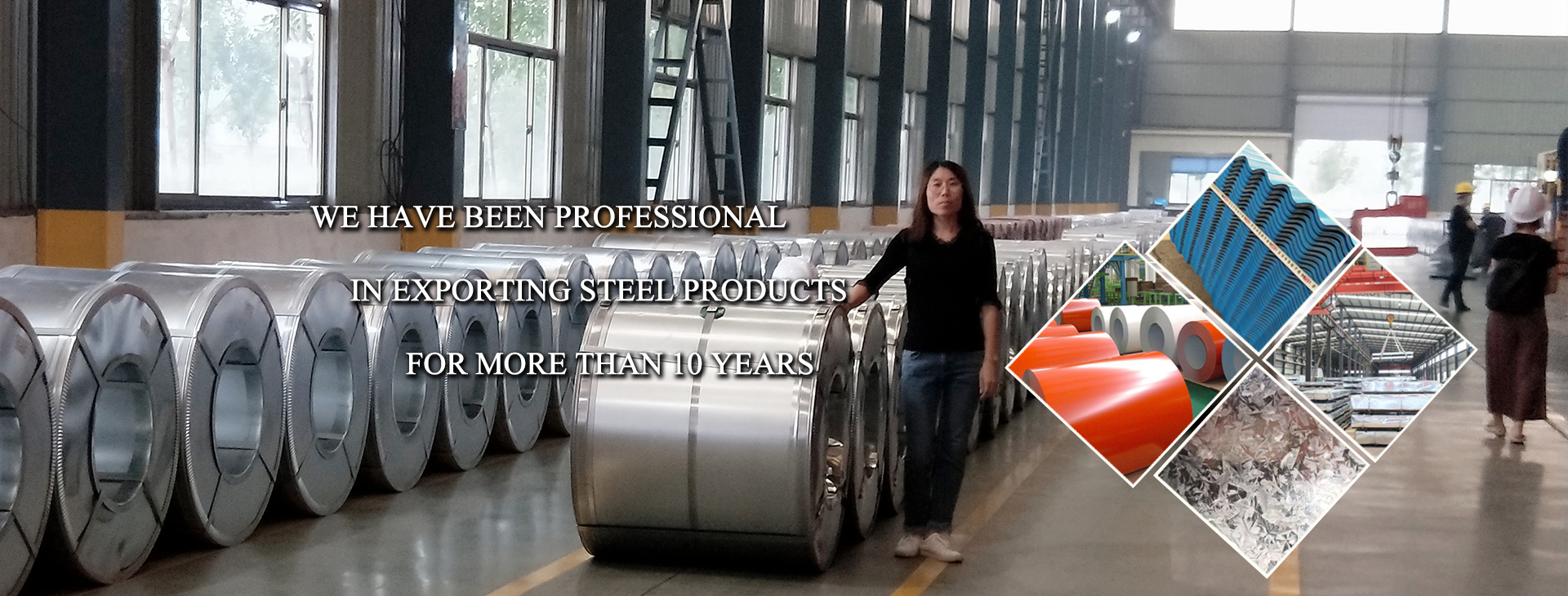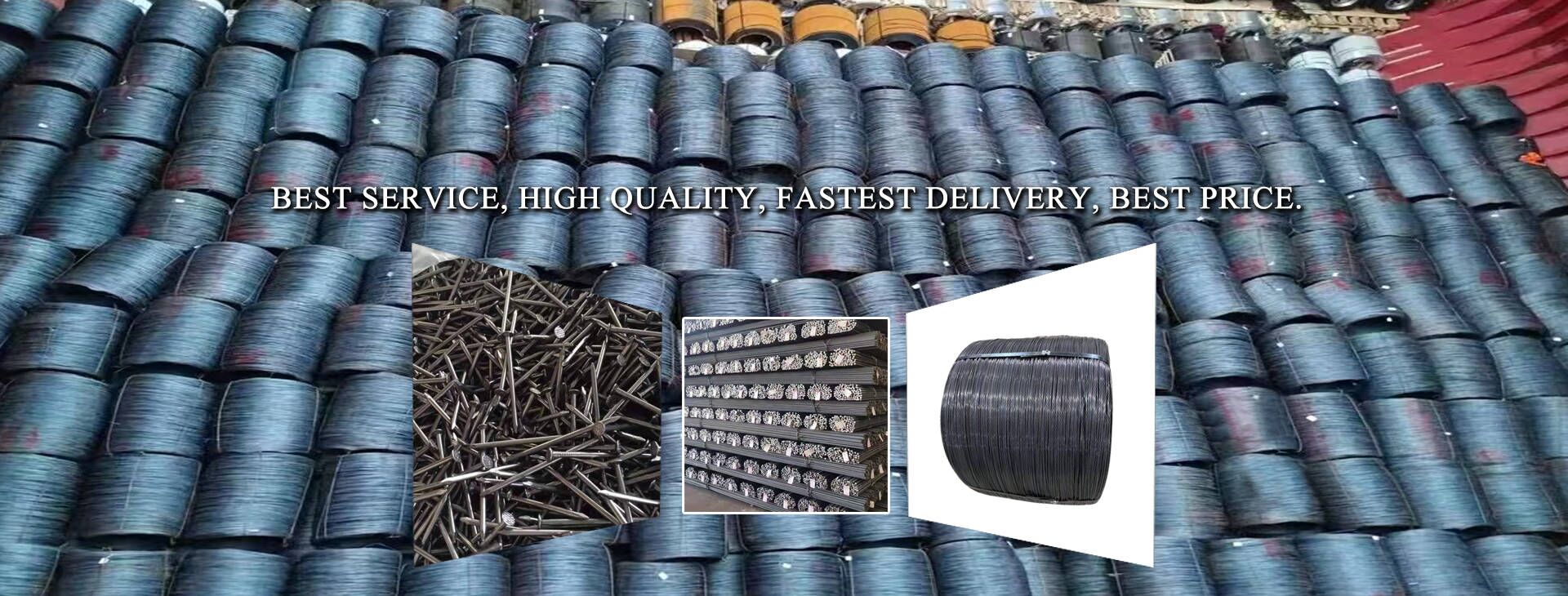Commodity prices may fluctuate downward in the short term
On June 10, Han Wengao, president of the Economic Daily Press and chief editor of the China Economic Review magazine, delivered a wonderful speech on the theme of "Macroeconomic Analysis and Interpretation of the Central Policy" at the "Lange Steel Network 2020 Top 50 High-quality Steel Distributors and Top 30 High-quality Engineering Distribution Service Providers in Tianjin". He analyzed and introduced the world epidemic, China's macro economy and the recovery of the world economy.
Han Wengao said that after the COVID-19 vaccine was widely vaccinated in the world, especially in major economies, the world epidemic situation has greatly improved and the economy has begun to recover strongly. On April 6, the IMF released the World Economic Outlook Report, which predicted that the global economy would grow by 6% in 2021, including 8.4% in China, 6.4% in the United States, 4.4% in the euro area, 5.3% in the UK, 3.3% in Japan and 12.5% in India.
At present, China's macro economy continues to improve. This year, the Chinese government reported that it will raise the economic growth target again after a year to ensure that the economy operates within a reasonable range. At the same time, it is proposed to ensure employment, requiring that "more than 11 million new urban jobs will be created" in 2021, and that every 1% increase in GDP can drive 1 million to 1.5 million jobs. Therefore, if we want to achieve the goal of ensuring employment, the economic growth rate this year must not be less than 6%.
Han Wengao said that during the recovery of the world economy, commodity prices have soared, which is mainly due to currency over-issuance, economic recovery, enterprise hoarding and the hype of the concept of "carbon neutrality". Therefore, we need to pay special attention to the trend of loose monetary policy in the later stage, especially in the United States.
At the end of last year, the United States gave a vague figure that allowed the inflation rate of the United States to reach 2%. Therefore, when the inflation rate of the United States reached 2%, we should consider tightening. With the gradual improvement of the US epidemic this year, the US CPI has reached 2.6% in March and 4.2% in April. Therefore, we have seen the expectation of the US scale reduction. It is likely that the US scale reduction time will be advanced from 2023 to the end of this year, which will directly end the world commodity market.
In the aspect of enterprise hoarding, in the process of unilateral rise of steel price, both steel enterprises and middlemen will hoard, which will further drive the steel price. However, it is worth noting that the inventory needs to be digested in the future, which will have an impact on the later demand.
In addition, since this year, the concept of "carbon neutral" and "carbon peak" has also been widely hyped. Both the stock market and futures market can rise and fall limits as long as relevant concepts are used. Therefore, we must correctly understand the concept of "carbon neutral" and "carbon peak". At present, the central government has set aside 10 years for "carbon peak" and 40 years for "carbon neutral". Although it seems to take a long time, it also supports that where conditions permit, we should make action plans to reach the peak of carbon emissions as soon as possible. Governments at all levels should first do a good job of the "action plan to reach the peak of carbon emissions" in the region, and never let it go at all.
Han Wengao said that when the US economy recovers, the released funds will be recovered, and the prices of commodities will fall. In the short term, shocks in commodity prices are inevitable after reaching a high point, but this round of shocks is likely to be downward.





